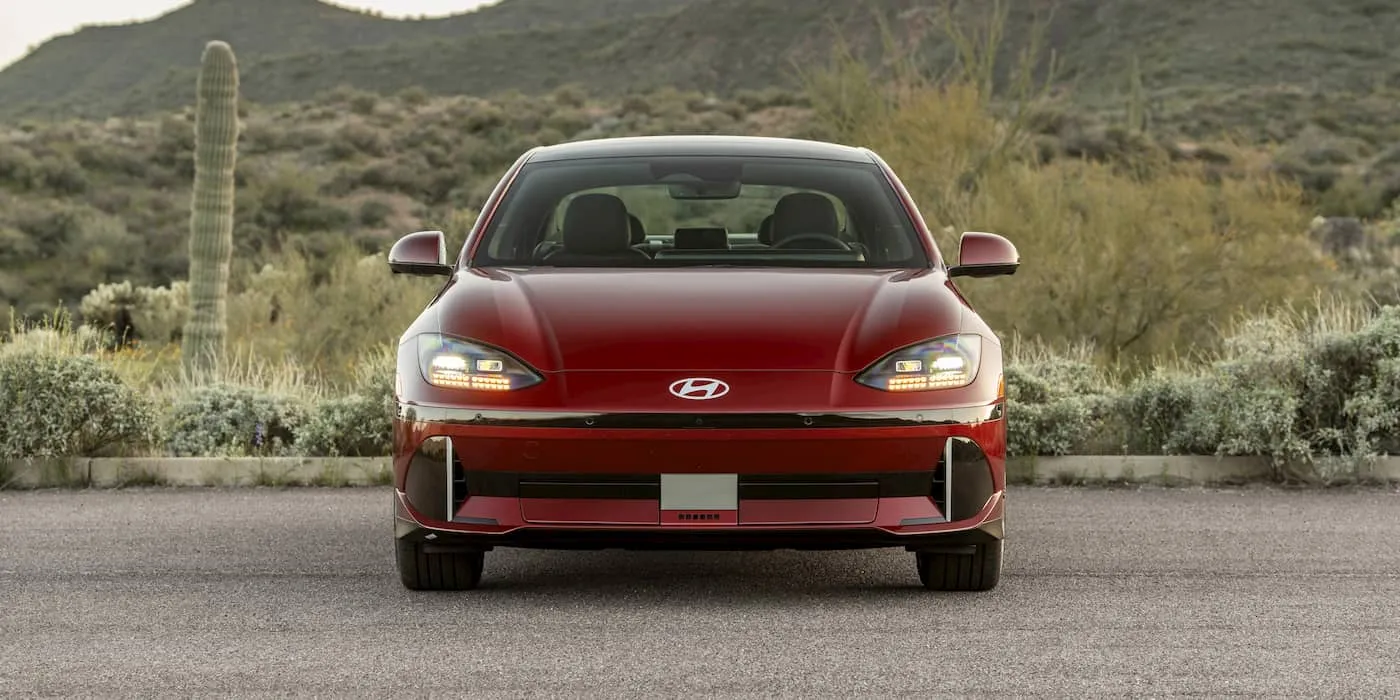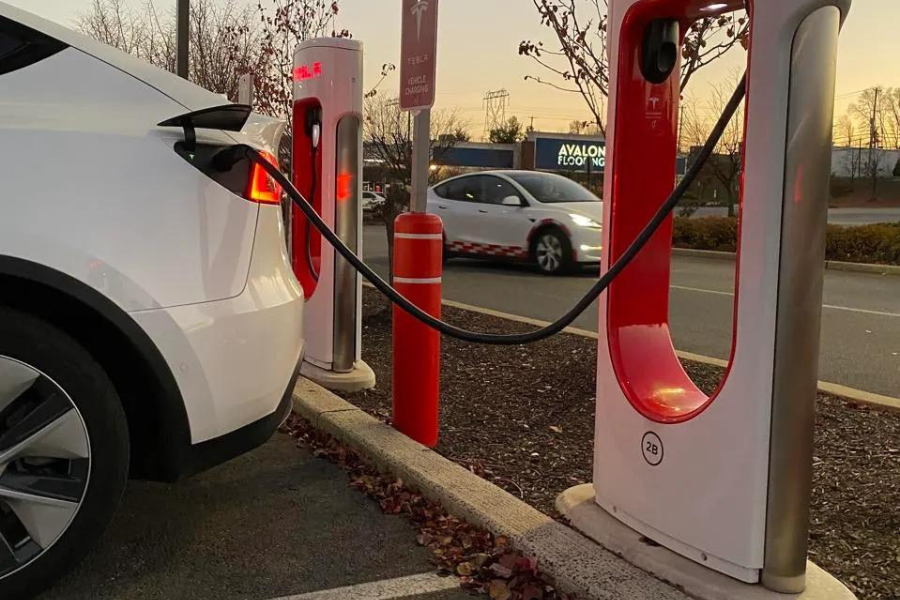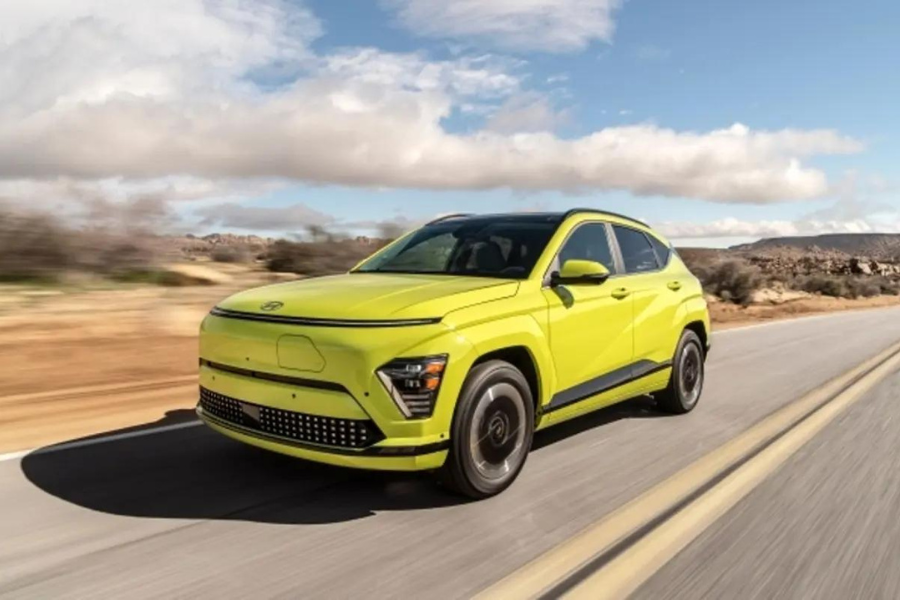In various regions worldwide, automobiles have historically trended towards larger sizes. However, this trend is now expanding, with implications still unfolding.
The 2024 Chevrolet Suburban, a nine-passenger sports utility vehicle (SUV), boasts a length of 225.7 inches (18ft/5.5m) and promotes itself as “a room with a view.” Kia’s seven-seat fully electric crossover, equipped with an 800-volt battery weighing an average of 1,000lb (450kg), and the electric Hummer SUV, with a maximum width of 93.7in (2.4m), exemplify the growing popularity of large cars.
The average car size is widening at a rate of 1cm (0.4in) every two years, as reported by the non-profit Transport and Environment.

This size surge presents many challenges, ranging from environmental concerns and safety issues to the logistical difficulties of navigating streets and parking spaces designed for smaller vehicles.
As Paris, France, triples parking fees for SUVs on its streets, addressing the challenges of large cars becomes crucial.
The origins of this size increase date back to the late 1970s, driven by factors like the incorporation of safety features, consumer preferences for luxury and imported vehicles, and industry incentives favoring trucks and SUVs. Fuel efficiency regulations have also played a role, with lighter standards for SUVs and trucks.
Previously, regions offered varying vehicle sizes, with minor variants common in Europe, South America, and Asia. However, this diversity is diminishing, leading to a rise in the mass of vehicles in the EU and the UK. The shift towards heavier conventional vehicles contributes to increased oil demand and CO2 emissions, with global SUV CO2 emissions nearing 1 billion tonnes.
The challenges associated with large cars extend beyond emissions. Parking issues are exacerbated, with numerous models incompatible with average parking spaces. In the EU, the average width of new vehicles has surpassed 180cm (5.9ft), impacting on-street parking. Additionally, the rise of SUVs has been linked to a decline in overall fleetwide emissions benefits.
Transitioning SUVs to electric power is a partial solution. While electric vehicles (EVs) contribute to reducing emissions, larger EVs, especially SUVs, introduce new challenges. These include concerns about battery weight in crashes and the environmental impact of mining raw materials for batteries. Moreover, the infrastructure for charging more enormous EVs strains electric grids.
Despite these challenges, EVs remain a more climate-friendly choice than conventional cars over their lifetime. However, there is a need to address the increased risks associated with larger vehicles. The rising number of road deaths in the United States, often linked to SUVs, highlights the safety concerns. Design elements, such as high hoods, contribute to pedestrian fatalities in accidents.
Addressing these issues requires a comprehensive approach, from redesigning streets to accommodate smaller vehicles to considering economic incentives for producing and promoting such cars. Some cities are already exploring SUV restrictions and proposing measures like weight-based registration fees. Ultimately, encouraging alternative forms of transportation may be vital in reshaping urban mobility.




